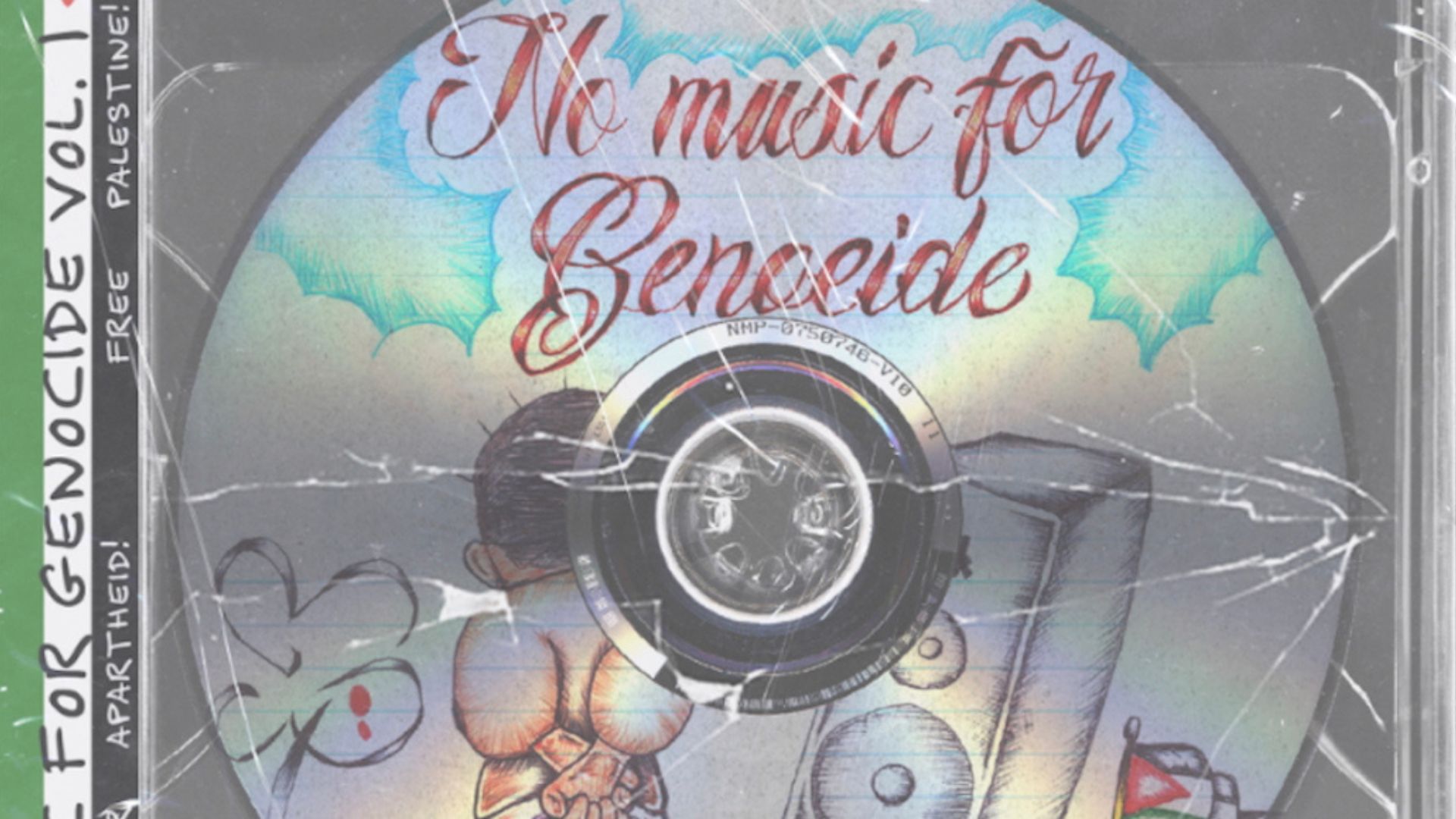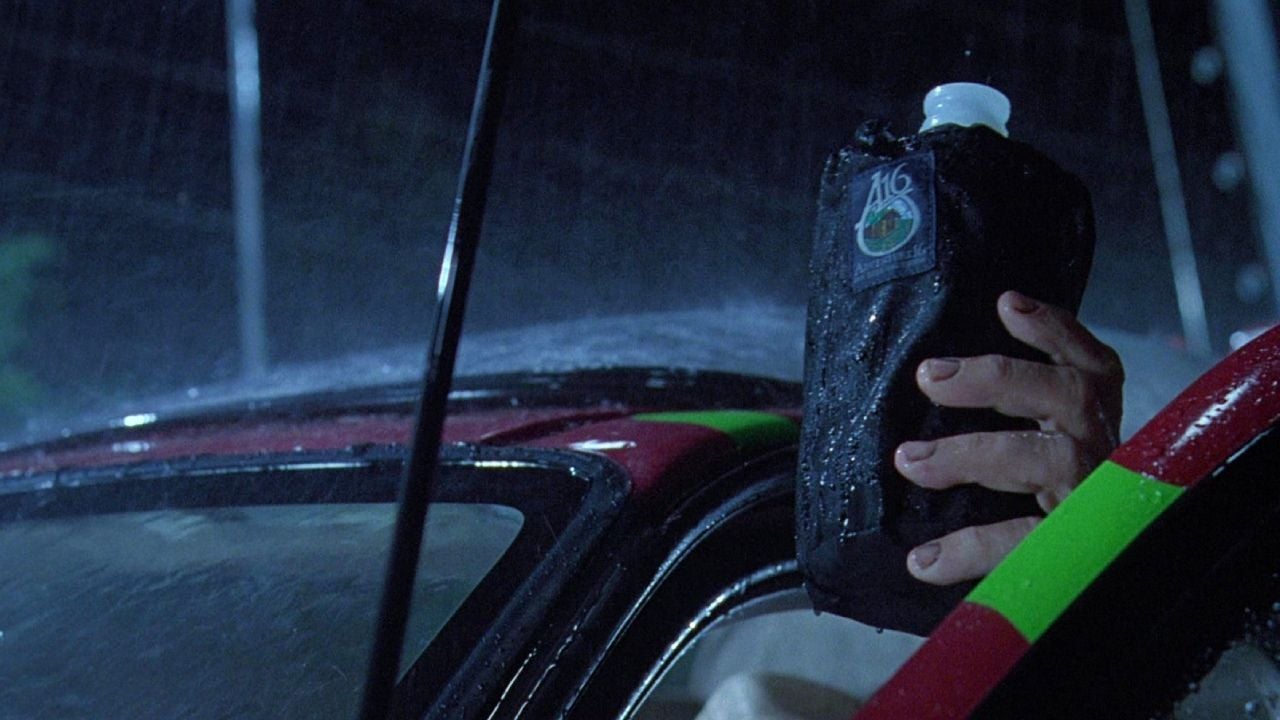Researchers at Denmark made an impressive discovery in the region of Jutlandunearthing artifacts that reveal a weather event catastrophic event that occurred in the 6th century. This event may have been so devastating that it served as inspiration for the myths of Ragnarök in Nordic culture. Scientists believe that this catastrophe profoundly marked the civilizations of the time and left a lasting mythological legacy.
The archaeological discovery in Jutland
Archaeological research, conducted by National Museum of Denmarkrevealed physical evidence of this climate event through artifacts and tree rings. Led by environmental archeology expert Morten Fischer Mortensenthe study was published in Journal of Archaeological Science Reports. Through the analysis of tree rings, scientists identified that, around 1,500 years ago, a series of climate disasters severely impacted the Jutland region, bringing drastic consequences for the local population.
The “volcanic winter” of the 6th century
In the period between 536 and 539 AD, a series of volcanic eruptions on a global scale it blocked sunlight, leading to a prolonged winter known as a “volcanic winter.” This phenomenon caused a significant decline in temperatures and resulted in failed harvests. The abrupt drop in temperature directly impacted the Denmark and other regions of Scandinavia, creating a food crisis that, according to researchers, may have wiped out up to half of the local population.
Impact on life and agriculture
The research indicates that the weather event not only brought devastating food shortages, but also forced a transformation in agricultural practices. Traditional grains like wheat and barley, which require more light and heat, have failed to thrive. In response, Danish farmers began to cultivate ryea plant that demands less sunlight. Mortensen suggests that this adaptation may have influenced Scandinavian culture, leading to the importance of rye bread in the local diet, which persists to this day.
Gold sacrifices to the gods
During the crisis period, desperate populations performed religious rituals to try to stop the climate disaster. Archaeologists have found large quantities of gold buried at the time, which suggests that local people sacrificed valuable treasures to the gods in an effort to bring back the sun. “These golden sacrifices show how desperate communities were during this time of unprecedented catastrophe,” Mortensen said.
The connection between Fimbulwinter and Ragnarök
The climate tragedy of the 6th century may have inspired Norse myths such as the Fimbulwinter — a period of three consecutive winters without summers, described in Norse mythology as the precursor to Ragnarökthe final battle between the gods. According to Mortensen, “although myths can be considered pure imagination, they can also echo memories of real climatic events that devastated Scandinavian societies.” The connection between historical reality and mythology suggests that the Ragnarök it may have roots in real experiences of survival in the face of a climate catastrophe.
What is Fimbulwinter?
In Norse mythology, the Fimbulwinter it is described as a series of three consecutive winters, during which the lands become barren and famine dominates. This period of darkness and despair precedes the Ragnarökthe “end of the world”, marked by the destruction of the gods and civilization. Mortensen and other researchers believe that the “volcanic winter” of the 6th century that devastated the Denmark and other parts of Scandinavia, may have been the basis for the emergence of these apocalyptic myths.
Consequences for the population of Scandinavia
The drastic drop in temperatures and food shortages resulted in a severe population crisis. It is estimated that up to half of the population of Scandinavia has been decimated. For survivors, the extreme conditions likely left deep marks on culture and oral traditions, giving rise to mythical narratives about the end of the world and the final battle of the gods.
Volcanic eruptions and climate change
To the volcanic eruptions of the 6th century had a global impact, but their effects were particularly devastating for the northern regions of Europe. The blocking of sunlight by volcanic particles suspended in the atmosphere caused a phenomenon known as “volcanic winter”, prolonging the cold and drastically affecting harvests and the survival of local populations.
Ragnarök and the perception of the catastrophe
The myth of Ragnarökwhich describes the destruction of the gods and the world, may reflect the sense that civilization was on the verge of collapse during the climactic event of the 6th century. The perception of the impending end of the world in the face of such a severe crisis may have inspired the ancients Scandinavians to create stories that explained the chaos in which they lived.
A catastrophe with cultural echoes
Mortensen suggests that Norse myths, such as Fimbulwinter and the Ragnarökmay have been a way for Scandinavian societies to deal with the trauma caused by climate catastrophes. The lack of scientific understanding at the time meant that events such as the “volcanic winter” were attributed to the gods and the destinies set for humanity.
Cultural legacy of the climate event
The impact of the 536-539 AD climate event on Denmark and in other parts of Scandinavia it was profound. In addition to changes in agricultural practices and religious rituals, he also left an indelible mark on the region’s mythological culture. The myth of Ragnarök continues to fascinate scholars and laypeople alike, and Mortensen’s research offers new insights into the way climate disasters can influence cultural narratives.
Conclusion: the connection between history and mythology
The discoveries in Jutland reveal that the catastrophic weather event from the 6th century played a central role in the formation of Norse beliefs and myths. The devastation caused by the “volcanic winter” may have inspired the creation of Ragnarökillustrating how history and mythology are deeply intertwined. The work of Danish archaeologists and scientists brings to light how climate disasters shaped ancient civilizations’ perception of the world.
Summary for those in a hurry
- Researchers have discovered evidence of a weather event devastating in the 6th century, in Denmark.
- Volcanic eruptions blocked sunlight, creating a “volcanic winter” that severely impacted the region.
- The crisis has led to food shortages and transformed agricultural practices, such as growing rye.
- Archaeologists found gold treasures sacrificed to the gods in the hope of ending the catastrophe.
- The Norse myth of Fimbulwinter may have been inspired by this event, preceding the Ragnarök.
- The findings show how real climate events may have influenced ancient myths and beliefs.
Source: Atrevida
Earl Johnson is a music writer at Gossipify, known for his in-depth analysis and unique perspective on the industry. A graduate of USC with a degree in Music, he brings years of experience and passion to his writing. He covers the latest releases and trends, always on the lookout for the next big thing in music.




![Tomorrow belongs to us: What awaits you in the episode 2036 Monday, September 22, 2025 [SPOILERS] Tomorrow belongs to us: What awaits you in the episode 2036 Monday, September 22, 2025 [SPOILERS]](https://fr.web.img6.acsta.net/img/f4/a4/f4a49c75853b1acf7faf8a0113b4e3c2.jpg)


-tol6t0mfaotv.png)
